I was thrilled when Poland opened its borders in the middle of June, 2020, because after a long wait I would finally be able to enter a country that was part of my original plans for the Eastern European section of the World2 Tour. In fact, the freshly-devised route I created for traversing that nation would allow me to see much more of the country and more of its interesting sites. In doing so, I discovered that Poland is a surprisingly attractive and a pleasurable country to tour through. I only use the term surprising because no one could deny that Poland had endured a rather rough patch of its history during most of the twentieth century. The country could certainly be forgiven if it still exhibited a certain disheveled appearance today. Instead, like it had done after similar hard times in centuries past, the country endured and seemingly put the last thirty years to good use, creating what is now an appealing destination for part of a long cycling tour.
I will begin with some general impressions of the country that helped form my positive opinion during my visit. I arrived after taking the ferry that sails across the Baltic Sea, between Karlskrona, Sweden and Gdynia, Poland, a ten-hour journey. Once again, I was not completely sure that I would be allowed to enter. Poland had opened its internal Schengen-Zone borders just a few days earlier and, technically, once again that only applied to people coming from
other EU countries, but did that mean port of embarkation, or citizenship? However, just as when I took the ferry to Sweden, around five weeks earlier, there were no documents checked at all, and everyone simply walked off the ship. Poland had imposed relatively tight restrictions early on during the pandemic, and, now that the spread of the coronavirus had been stabilized, those had been somewhat eased. Large indoor gatherings were still prohibited and masks were required in shops and other indoor locations, which was adhered to by most people without complaint. I had not yet been in a place where the latter policy was in place, Germany began to require masks only after I had left and Sweden never did, so it took me a little while to adjust my habits accordingly.
One aspect I noticed right away was a sharp increase in the level of humidity in the air. Sweden had felt quite dry and though Poland was on the opposite side of a major body of water it is not really that much farther south and so the difference in feel somewhat surprised me. This further manifested itself in regular rain showers, which occurred in the afternoons on perhaps two-thirds of the days I was in the country. Fortunately, with my pace still kept purposefully light, I avoided the need to ride through those almost totally. Even more appreciated was a sustained period of days where the outdoor temperature remained solidly within the Goldilocks Zone, something I had been wishing for since the middle of the previous year. In fact, the entire section had been just about right interms of thermal comfort. Sweden had almost been that way, but there were still enough chilly days in May and June that it didn't quite qualify.
Another change that was rather pleasant was the decrease in costs for food and lodging, something else I had been eagerly anticipating for months. Expenses ran about 20-40% of what I had been dealing with in Sweden, which was a welcome change. This was especially welcome since I was still staying indoors during this entire section. The population density of Poland, at around 125 persons per square kilometer, is well above the cutoff of 80, over the same area, that is my rule of thumb to allow for camping in a particular country. It was also a rather nice difference to return to using physical currency for most transactions. Sweden has gone almost totally cashless, with some shops refusing to accept anything other than cards, and Germany is not far behind in that regard. For me, while I am fine with both methods, I usually prefer cash for small transactions, especially since it provides a nice reminder that you are in a different country.
As you might expect the towns and cities in Poland exhibit a rather eclectic mix of urban architecture and city designs, with historic, pre-twentieth-century, zones, more contemporary sections built in the last thirty years that show many of the flaws found in similarly recent constructions in other countries, and a certain amount of bland, brutalist designs dating from the Socialist period all mingled together. The latter were not really as common as you would think, primarily being found around cities that had been built to service centers of heavy industry. Consequently, cycling through some of the cities could feel typically bewildering, with some seeming almost Asian in character. However, conditions between the towns were surprisingly respectable. A usable network of minor road was often present, though compared to Sweden the likelihood of bumpy pavement was noticeably higher, and on the two or three occasions when these roads had short gravel sections the surface was considerably softer as well. Separate cycling paths were common in towns and cities, though not always completely up to European standards, while they were usually absent on intercity routes, which was fine with me. Many that are present seem to have been recently constructed, and around half of those have been built using bricks. They are in fine condition now, but one wonders just how long that will last.
The modern port city of Gdynia, not surprisingly, exhibits a fairly grimy and chaotic appearance, so I was ready to move on quickly the morning after my evening arrival on the ferry. However, the interesting city of Gdansk is only twenty-seven kilometers to the south, and so I made a leisurely ride there and spent the afternoon having a look around. Between the two cites is a smaller beach resort town on the Baltic coast called Sopot. The beach section of Sopot was developed during the Socialist period, and I was amazed at the attractiveness of the coast there, demonstrating that not everything built during that period was dreary and utilitarian. The Sun was out and the wind was light, as opposed to the other Baltic beaches I had seen in recent months, but the best aspect was the thoroughfare that ran parallel to the beach was reserved for people walking or cycling, a nice contrast to the superhighway one might encounter along a similar strand in North America, for example. So, I had a very enjoyable short ride to start my tour through the country. I didn’t test the waters, but I did stop for a tasty ice cream cone. Gdansk, which was an older port city, has a well-preserved historic center and is also famous as being the birthplace of the Solidarity movement, which, as much as any other situation or circumstance, could be considered to have been the beginning of the end for the USSR. So, that city made a perfect introduction to the country for me.
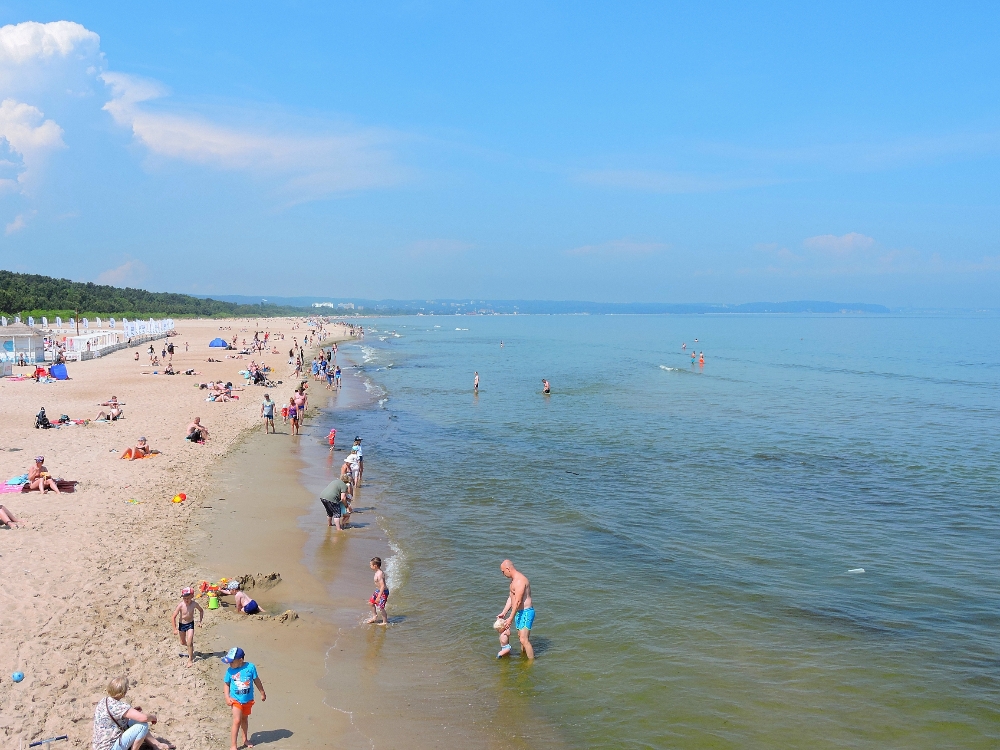
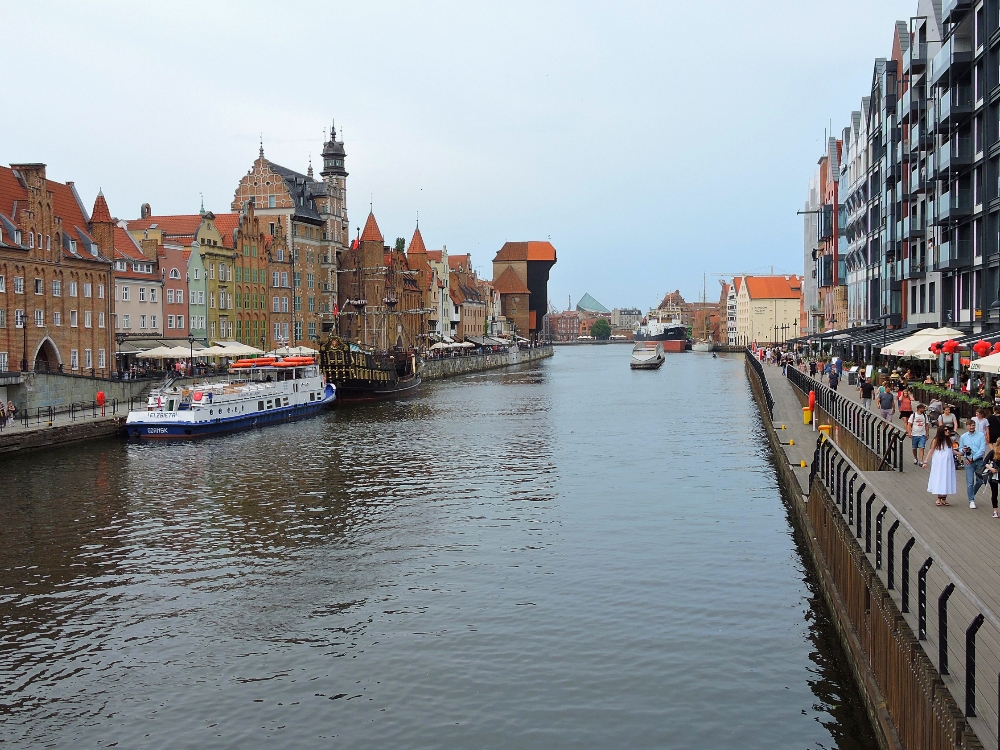
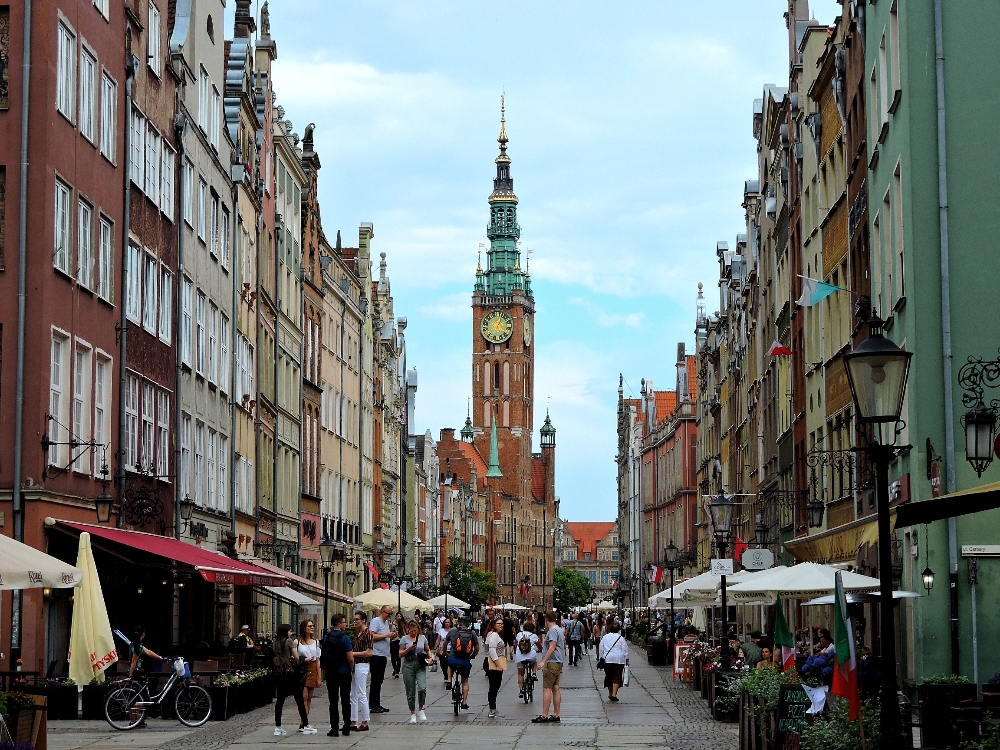
There were not many particularly interesting birding locations for me to visit, so my route to the south was designed to take me to as many World Heritage Sites as I could practically manage, and to maximize the amount of distance where I could take advantage of minor roads. This would, in general, lead me directly to the capital, Warsaw, then to Krakow, followed by a turn to the east leading towards what I hoped would be the next country. In this first section, I quickly learned that Poland is a very agricultural country, another factor that would have made camping difficult. However, I distinctly enjoyed the atmosphere of the countryside, because there was a notable lack of the dreaded monoculture style of farming being employed. Instead, there were many smaller plots of various crops and in late June they appeared to be well on the way to a good harvest later in the season.
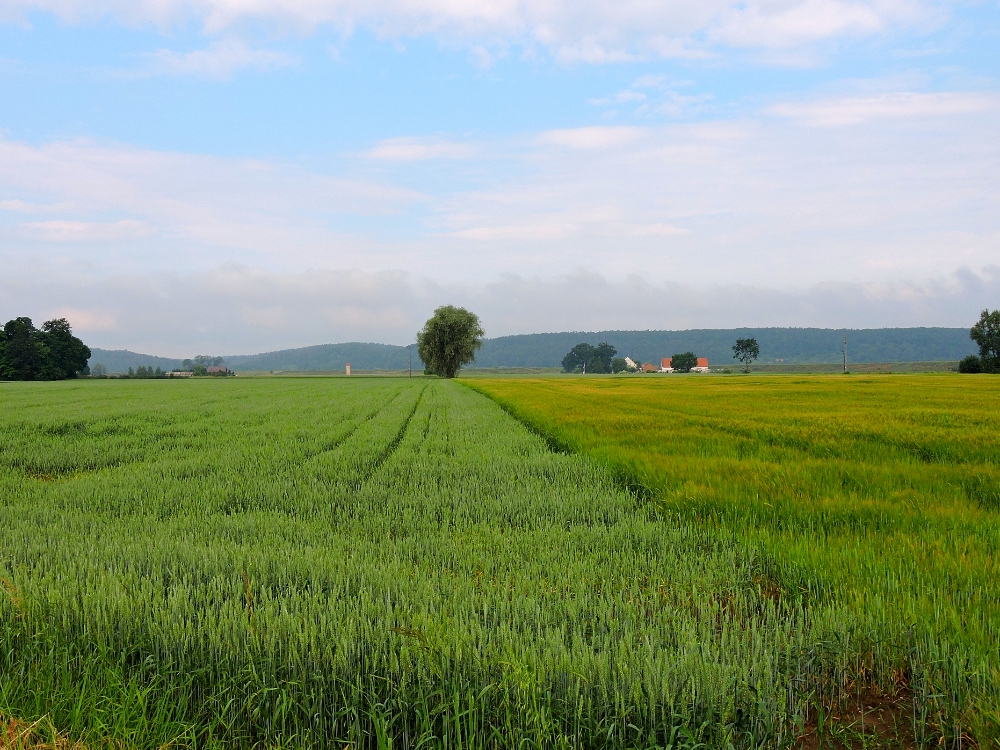
Somewhere in this section I encountered the very unusual circumstance shown below. Specifically, a route where the lane for motorized traffic was of the damp, bumpy, gravely variety, while bicycles were able to use the nice, smooth asphalt lane. By this time I have done cycling in over sixty countries and I don’t think I have ever seen such a situation before that day. Continuing into Warsaw, which has a very small historic center that is surrounded by a relatively huge sprawly zone, was somewhat less user friendly, however. There was a decent route into the center, but it was anything but a straight line, and all the turns needed to avoid the heavily-trafficked roads made it seem much longer than it actually was. Later, leaving the city towards the south was only marginally better.
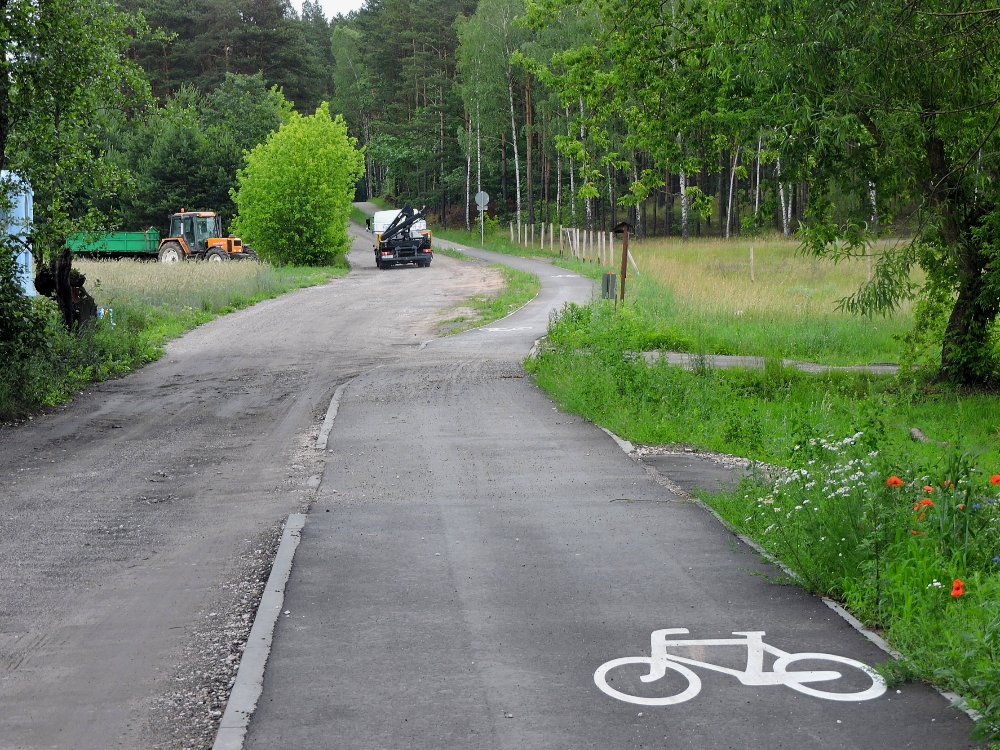
The next section, to Krakow, was more of the same, except that the route was slowly approaching the foothills of the Carpathian Mountains. I would not cross that range proper, but there was slightly more terrain in the area than I had needed to deal with during the previous several months. This was not a problem, since the spacing of the interesting sights and destinations forced my pace to remain light. Here I also experienced an interesting variety of accommodation styles. One notable example was the Accademia Hotel, in Ostrowiec, a glorious relic of the Socialist Period that apparently hasn’t changed much since the 1960s, replete with such nice touches as extruded-aluminum banisters and full-wall brass reliefs depicting happy workers in the lobby. But, you know, the room was fine except, perhaps, for the weak wi-fi, affordable, and I got a good night’s sleep there. A little more appealing was the place I chose in Krakow, shown in the second image below. The ground floor was the local bike rental place, just meters away from the main plaza in the Old City, and if you walk to the end of the corridor, where my bike is hiding, and climb a rickety set of wooden stairs, you reach several well-appointed guest rooms. A nice touch are the antlers
decorations on the upper right wall, made from old saddles and handlebars, one of which adorned each room.
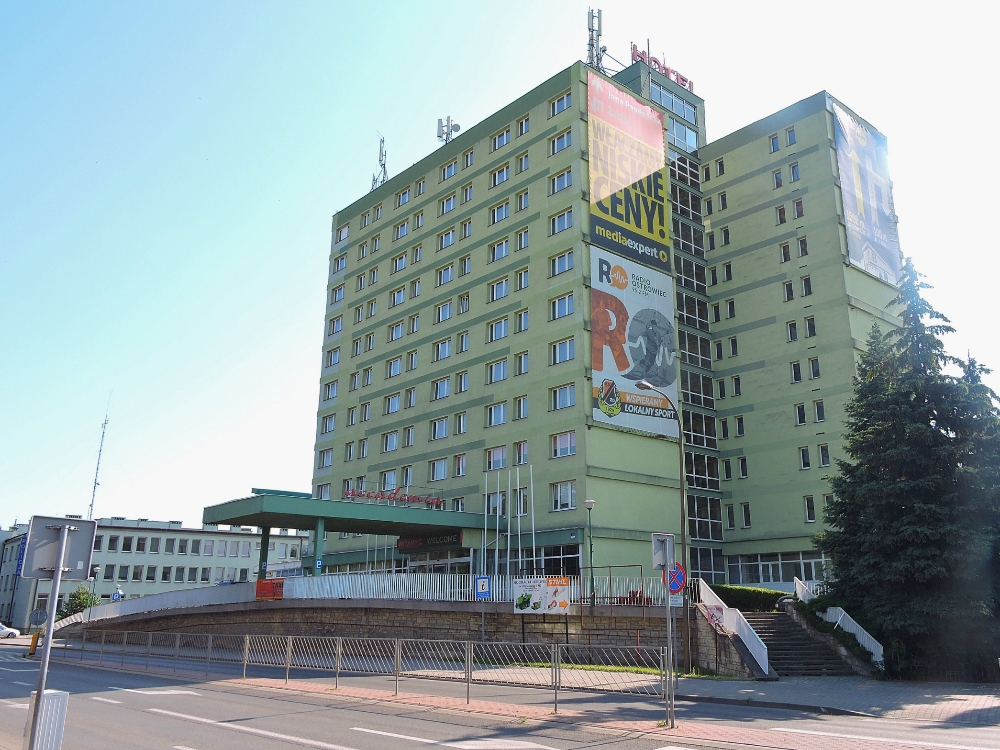
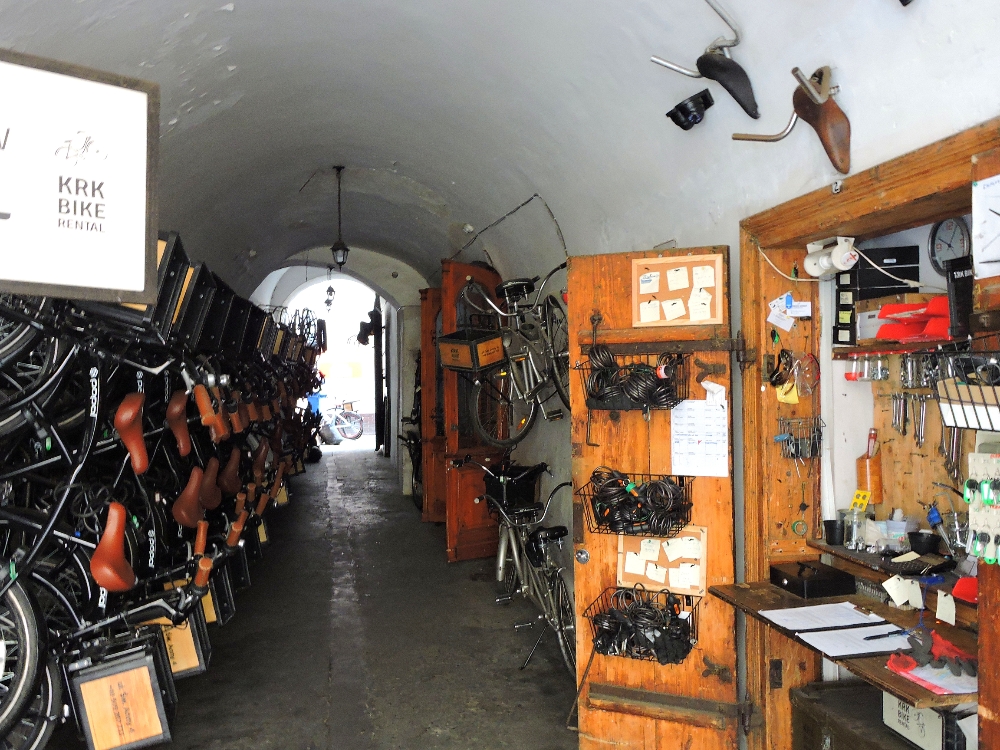
The final section, to the south and east of Krakow, was perhaps the nicest in the country. I was struck by the appearance of the rural communities there, which all seemed to be quite well off. This was revealed by the condition of the homes in the area, which universally looked to be exceptionally well cared for. In fact, I got the impression that they had all been renovated or built during the past two decades. That something like that should happen is not surprising, but it seemed strange that everyone could have done so at essentially the same time. Whatever the reason, I enjoyed my ride through this attractive part of the country.
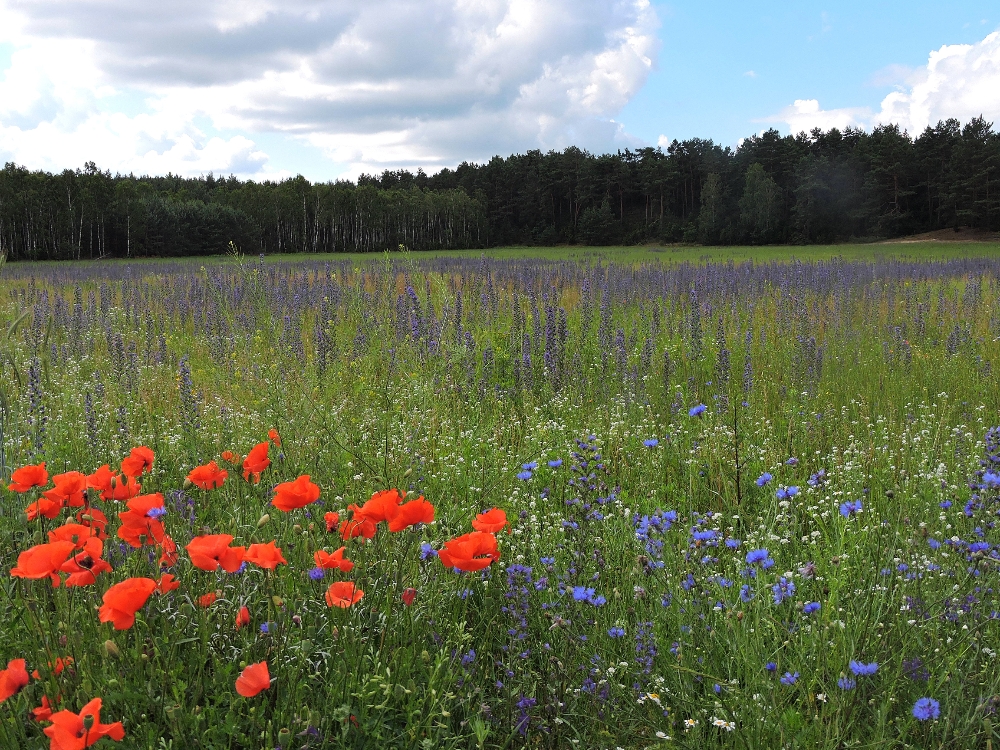
I was happy that I finally was making progress again in Poland, but, in spite of that, I was already beginning to feel the itch caused by the desire to continue on to a new country. That would indeed happen before too much longer, though not quite as quickly as I had expected. However, that will be a story for a future post.